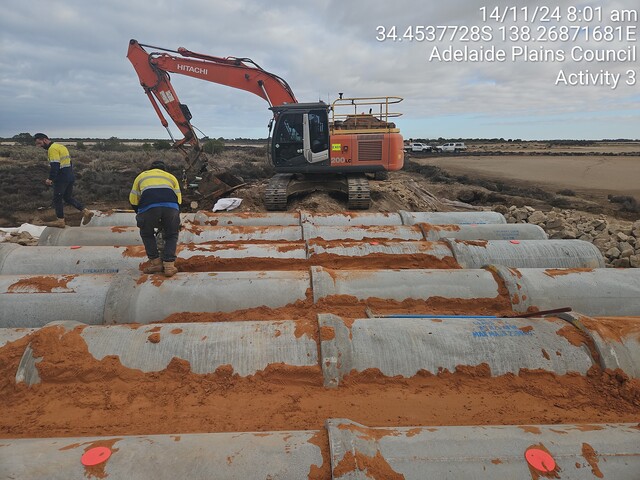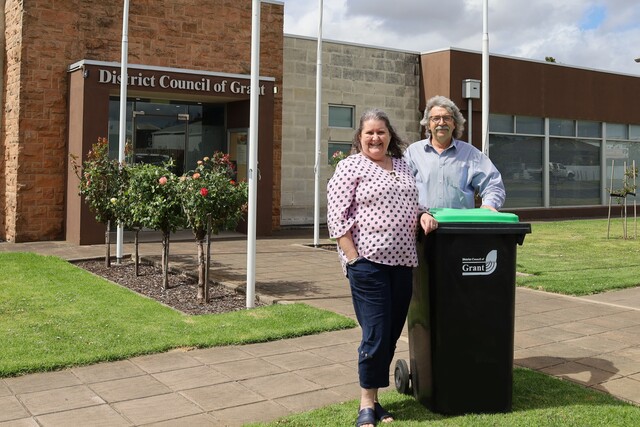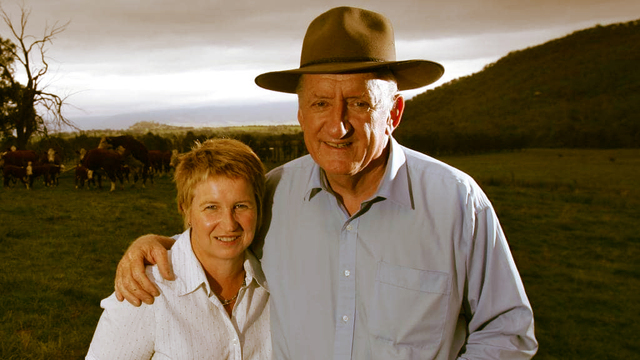Urban and northern population drift, combined with a continued low reproduction rate, will lead to the depopulation of some regional areas, according to statistician, Brian Doyle. Brian Doyle, from the Australian Bureau of Statistics, was speaking at the second annual Sustainable Economic Growth in Regional Australia conference, held in south east Queensland in November.
Conference organisers included the Shire of Beaudesert, Ipswich City Council and the Southern Corridor Regional Economic Development Organisation. Using the theme ‘Developing Economic Sustainability in Regional Areas’, during the three day program some 140 delegates were addressed by a range of speakers. They covered issues from industry down sizing to tourism.
Brian Doyle said almost no inland areas, apart from a couple of sparsely populated Shires in Western Australia, experienced high population growth, defined as more than one percent per year.
Most high growth areas are on the coast. Conversely, nearly all high decline areas (more than one percent loss per year) are in the pastoral and cropping zones of the States. ABS projections suggest that, if current trends continue, Tasmania’s population will almost halve over the next 30 years.
From 1991 to 1996, Queensland had a net population gain from all States and Territories, while WA gained from all States except Queensland. While the demographic trends are not good news for some regions, speakers at the conference offered some ideas to boost regional development.
Archbishop of Brisbane, Peter Hollingworth, who is also a Director of Foundation for the Bush, suggested that regional areas could be sustainable, if they had certain core characteristics. These included community pride, awareness of competitor regions, a realistic view of local resources and a belief in the future.
Associate Professor Rod St Hill of the University of Southern Queensland, said regional communities were sometimes badly affected by current macroeconomic policy, which did not allow for regional economic ‘lags’, or persistent recessions. He said one way to offset this, would be for governments to provide money for local projects which could be quickly switched on and off.
For example, having government buildings painted is easy to organise and does not require an ongoing commitment by the government. Professor St Hill said local authorities and community organisations could prepare a list of similar projects and have them ready for regional recessions.
“This type of local stimulation has never been tried in Australia and it would require some political will,” he said.
Other speakers gave details of various Federal and State Government programs which might provide funds and advice for those interested in regional development.







